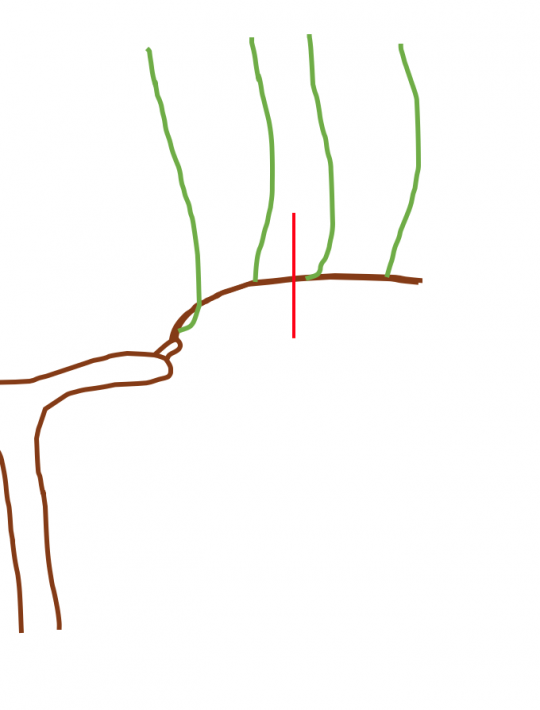What preventive measures should be implemented for hail-damaged vines?
Generally speaking, vines that have been damaged by hail early, whether or not they have been pruned, require increased surveillance for downy and powdery mildew until the harvest and after it. To enable good lignification, the foliage must remain functional until autumn. Moreover, the vegetation that grows back is extremely sensitive to parasites, since the young, often vigorous shoots are growing during periods when there is a high risk of disease. It is important to treat vines as quickly as possible after a hail event, if the vine in question still has leaves. Copper can be used but it has no known healing effect and risks slowing down growth. The winegrower's best ally remains favourable weather, i.e. that is warm and dry to stop white rot and enable faster wound recovery.
Another possibility is to spray herbal teas with a healing effect on the vines to help them recover from trauma, such as arnica, comfrey or valerian Disease and Pest Management.
Unfortunately, several hailstorms can occur in the same year. In the event of exceptionally low, long-lasting winter temperatures, it is possible that some vines do not then resume growth. This can be because very late summer regrowth of the vegetation has exhausted the vines' reserves. Due to the very short growth cycle, it is not possible for the vines to reconstitute their reserves before autumn.


